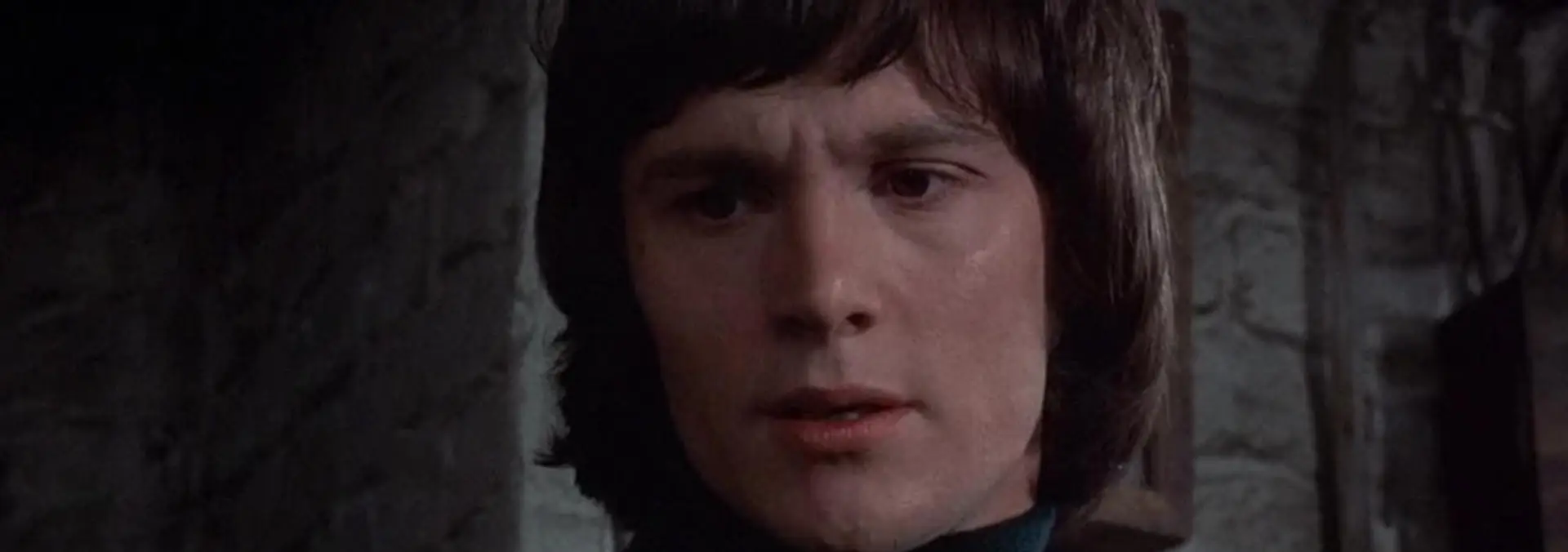
10 Interesting Facts and Figures About “Sunday, Bloody Sunday” (1971)
“Sunday, Bloody Sunday,” directed by John Schlesinger, is a landmark film in British cinema that explores themes of love, relationships, and the complexities of human emotion. Released in 1971, this poignant drama broke new ground in storytelling and representation. Here are ten intriguing facts and figures about this classic film that continue to resonate with audiences today.
1. A Groundbreaking Love Triangle
The film centers around a love triangle involving an older woman, a younger man, and a man who is also in love with the woman. This unconventional narrative was pioneering for its time, as it boldly presented non-traditional relationships on screen.
2. Academy Award Nomination
“Sunday, Bloody Sunday” received two Academy Award nominations in 1972: one for Best Original Screenplay by Peter Finch and another for Best Supporting Actor for Murray Head’s performance. This recognition highlighted the film’s impactful storytelling.
3. John Schlesinger’s Vision
John Schlesinger, an acclaimed director, was known for his commitment to authentic storytelling. His vision for “Sunday, Bloody Sunday” was to create a film that accurately reflected the tensions of contemporary life in the 1970s, particularly regarding sexual identity.
4. The Setting: London
The film is set in London, using real locations that capture the essence of the city in the early 1970s. The vibrant backdrop adds depth to the characters’ experiences and the film’s narrative.
5. A Cultural Reflection
“Sunday, Bloody Sunday” was released during a time of significant social change in Britain. It mirrored the evolving attitudes towards sexuality, relationships, and personal freedom, becoming a cultural touchstone for the era.
6. Iconic Performances
The film features powerful performances from its leading actors: Glenda Jackson, who received an Oscar for her role, Peter Finch, and Murray Head. Their chemistry and emotional depth brought the characters to life in a compelling way.
7. The Title’s Significance
The title “Sunday, Bloody Sunday” refers to a phrase that captures the emotional turmoil experienced by the characters. It also alludes to the tragic events of Bloody Sunday in Northern Ireland, reflecting a broader context of conflict and struggle.
8. Editing and Cinematography
The film’s editing by John Schlesinger and the cinematography by David Watkin were crucial in shaping its narrative style. The use of close-ups and conversational pacing contributed to the intimate portrayal of the characters’ lives.
9. Reception and Legacy
Upon its release, “Sunday, Bloody Sunday” received critical acclaim and has since been regarded as a classic. It paved the way for future films tackling similar themes, influencing generations of filmmakers.
10. A Lasting Impact
Decades after its release, “Sunday, Bloody Sunday” remains relevant as it continues to spark discussions about love, identity, and societal norms. Its candid exploration of complex relationships has left an indelible mark on cinematic history.
Conclusion
“Sunday, Bloody Sunday” stands as a testament to the power of storytelling in cinema. Its exploration of relationships and the human experience, combined with Schlesinger’s visionary direction, ensures that it remains a significant work in British film history. As we reflect on its legacy, we can appreciate the film’s ability to challenge societal conventions and provoke thought, a hallmark of true artistry in cinema.
Discover more from Anglotees
Subscribe to get the latest posts sent to your email.
